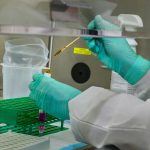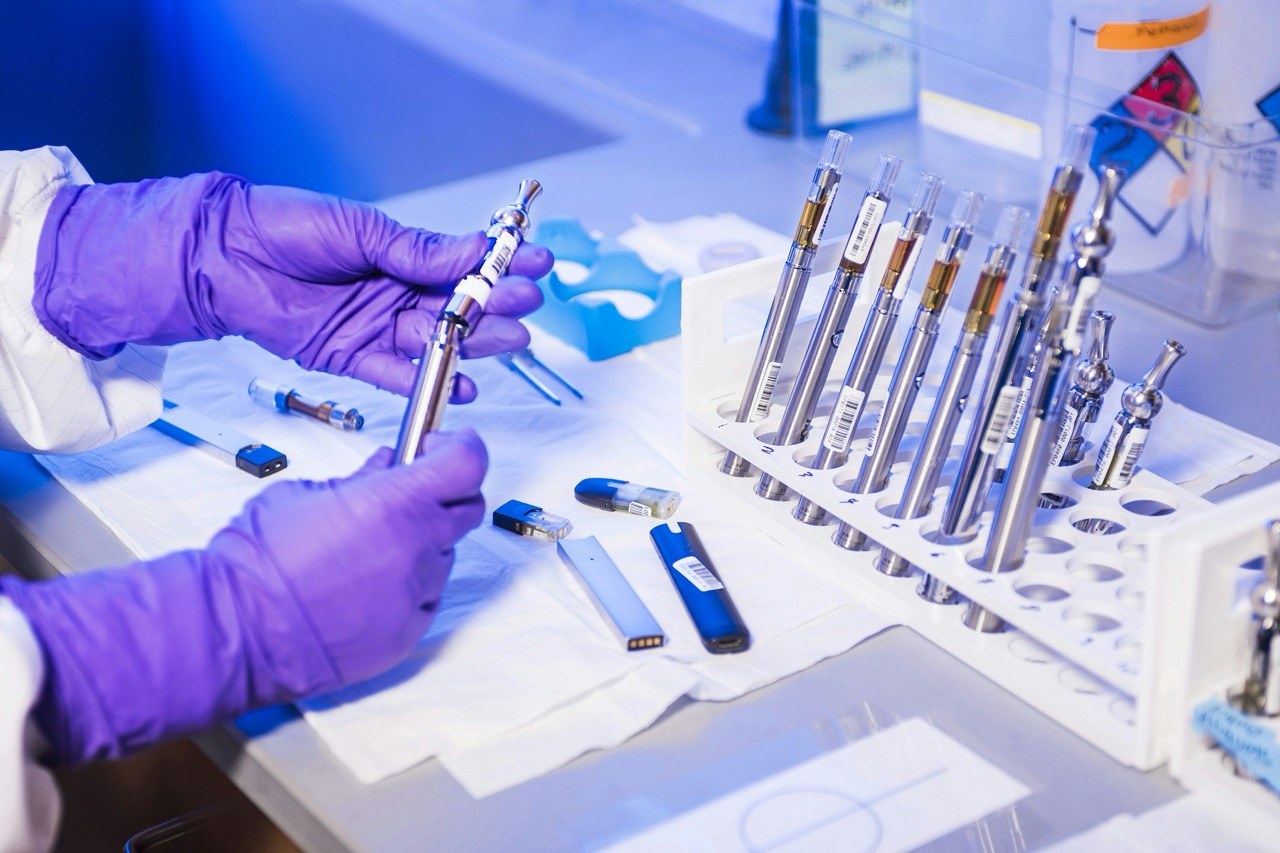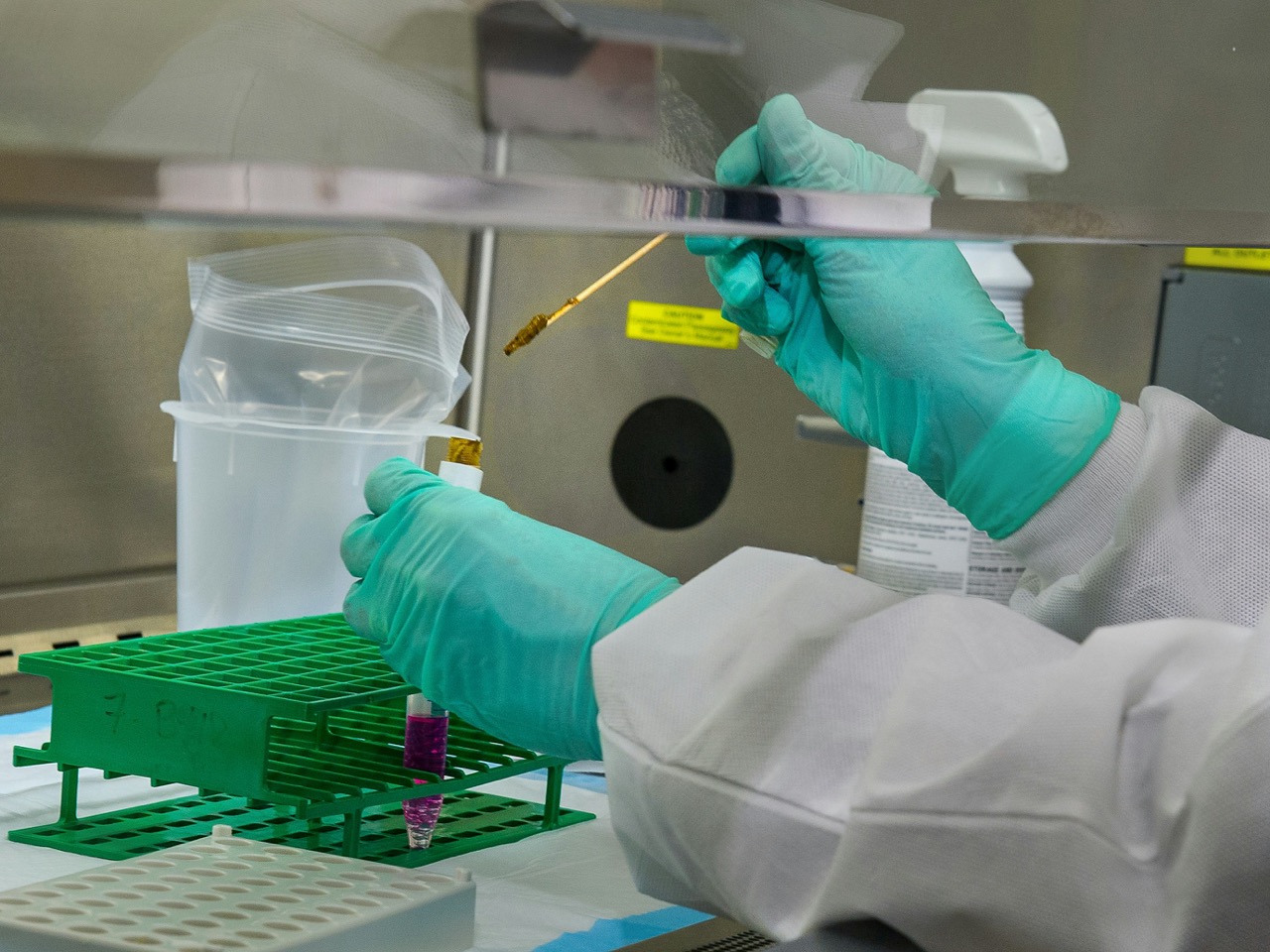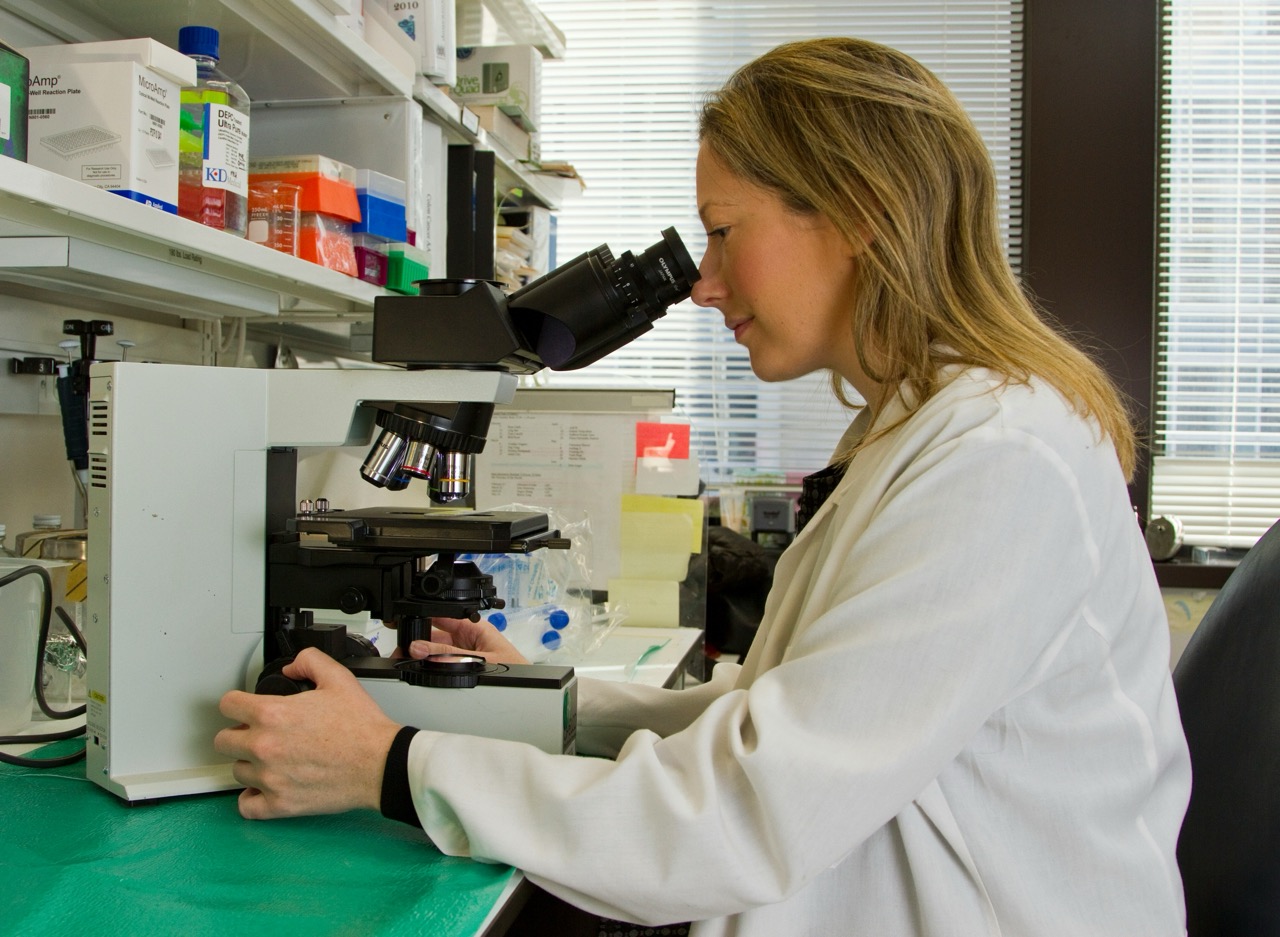Human Papillomavirus (HPV) is one of the most common sexually transmitted infections globally, with over 200 variations, some of which can lead to serious health conditions, including cervical cancer and other anogenital cancers. With such significant health risks associated with HPV, understanding how it is transmitted and the efficacy of preventive measures, particularly condoms, is crucial. This article explores the risks and transmission methods of HPV, the protective role of condoms, their limitations, and comprehensive strategies for effective HPV prevention and awareness.
Understanding HPV: Risks and Transmission Methods
HPV primarily spreads through intimate skin-to-skin contact, making it highly contagious even without penetrative sexual activity. The virus can be transmitted through vaginal, anal, and oral sex, as well as through direct contact with an infected area. While many individuals may carry HPV without showing symptoms, the virus can still be passed to partners, leading to increased risks of infections and related health complications. Certain high-risk strains of HPV are responsible for the majority of cervical and other genital cancers, highlighting the necessity of awareness and preventive measures.
Risk factors for acquiring HPV include having multiple sexual partners, engaging in unprotected sex, and initiating sexual activity at a young age. It’s also important to note that HPV can remain dormant in the body for years, which complicates the tracking of its transmission. With this information, it becomes clear that awareness of one’s sexual health, including understanding the risks associated with HPV, is crucial for both individuals and public health initiatives.
Public health organizations emphasize the importance of vaccination as an effective method to prevent certain strains of HPV. The HPV vaccine is recommended for preteens and young adults, providing immunity against the most common cancer-causing strains. However, the vaccine does not protect against all HPV types, necessitating additional preventive measures for comprehensive protection against the virus.
The Role of Condoms in Preventing HPV Infection
Condoms are widely recognized as a barrier method that can significantly reduce the risk of transmitting many sexually transmitted infections (STIs), including HPV. When used consistently and correctly, condoms can provide a degree of protection by preventing skin-to-skin contact in certain areas. This is particularly important given that HPV can be present in areas not covered by a condom, making it a partial but beneficial protective measure in reducing overall risk.
In studies, it has been observed that condom use is associated with a lower incidence of HPV-related diseases, such as genital warts and cervical cancer. By reducing the likelihood of direct contact with infected skin or mucous membranes, condoms can help decrease the chance of transmission for strains of the virus that cause these conditions. Therefore, while condoms are not foolproof, they play a vital role in a broader strategy for sexual health.
Moreover, the promotion of condom use as a standard practice in sexual activities can facilitate conversations around safer sex and HPV awareness. Educating individuals about the significance of condom use, along with other preventive measures, is essential for empowering them to take control of their sexual health and make informed decisions.
Limitations of Condoms in HPV Protection
Despite their effectiveness in reducing the risk of many STIs, condoms do not provide complete protection against HPV. This limitation arises from the fact that HPV can be present on areas of the skin not covered by the condom, such as the vulva, scrotum, or surrounding genital regions. Therefore, individuals can still be at risk of contracting the virus even when condoms are used consistently and correctly.
Furthermore, despite condom use, HPV can be transmitted through non-penetrative sexual activities, such as oral sex or mutual masturbation. The presence of HPV on the skin can facilitate transmission even if there is no direct contact with genital secretions, underscoring the necessity for additional preventive measures beyond condom use alone.
In addition to the physical limitations of condoms, there is also the potential for improper use. Factors such as incorrect application or breakage can further reduce their effectiveness in preventing HPV transmission. This highlights the importance of not relying solely on condoms for protection but rather integrating them into a comprehensive sexual health strategy.
Comprehensive Strategies for HPV Prevention and Awareness
To effectively combat the spread of HPV, a multifaceted approach that incorporates vaccination, condom use, and regular health screenings is essential. The HPV vaccine is a critical component of prevention, working to protect against the most dangerous strains of the virus. Public health campaigns should advocate for vaccination while also emphasizing the importance of regular Pap tests and HPV screenings for early detection of any complications.
Education plays a pivotal role in raising awareness about HPV and its health implications. Comprehensive sexual health education should include information on how HPV is transmitted, the significance of condom use, and the benefits of vaccination. By fostering open discussions about sexual health, individuals can better understand the importance of these preventive measures and make informed choices.
Moreover, promoting routine healthcare visits is vital for early identification of potential HPV-related issues. Individuals should be encouraged to communicate with their healthcare providers about their sexual health and inquire about screenings and vaccinations. By adopting a proactive approach to sexual health, individuals can significantly reduce the impact of HPV in their lives and contribute to broader public health initiatives.
In conclusion, while condoms are a valuable tool in reducing the risk of HPV transmission, they do not provide complete protection against the virus. Understanding the limitations of condoms and recognizing the need for comprehensive strategies that include vaccination, education, and regular health screenings is essential for effective HPV prevention. By fostering awareness and taking proactive health measures, individuals can significantly lessen the risks associated with HPV, ultimately leading to better health outcomes for themselves and their communities.









